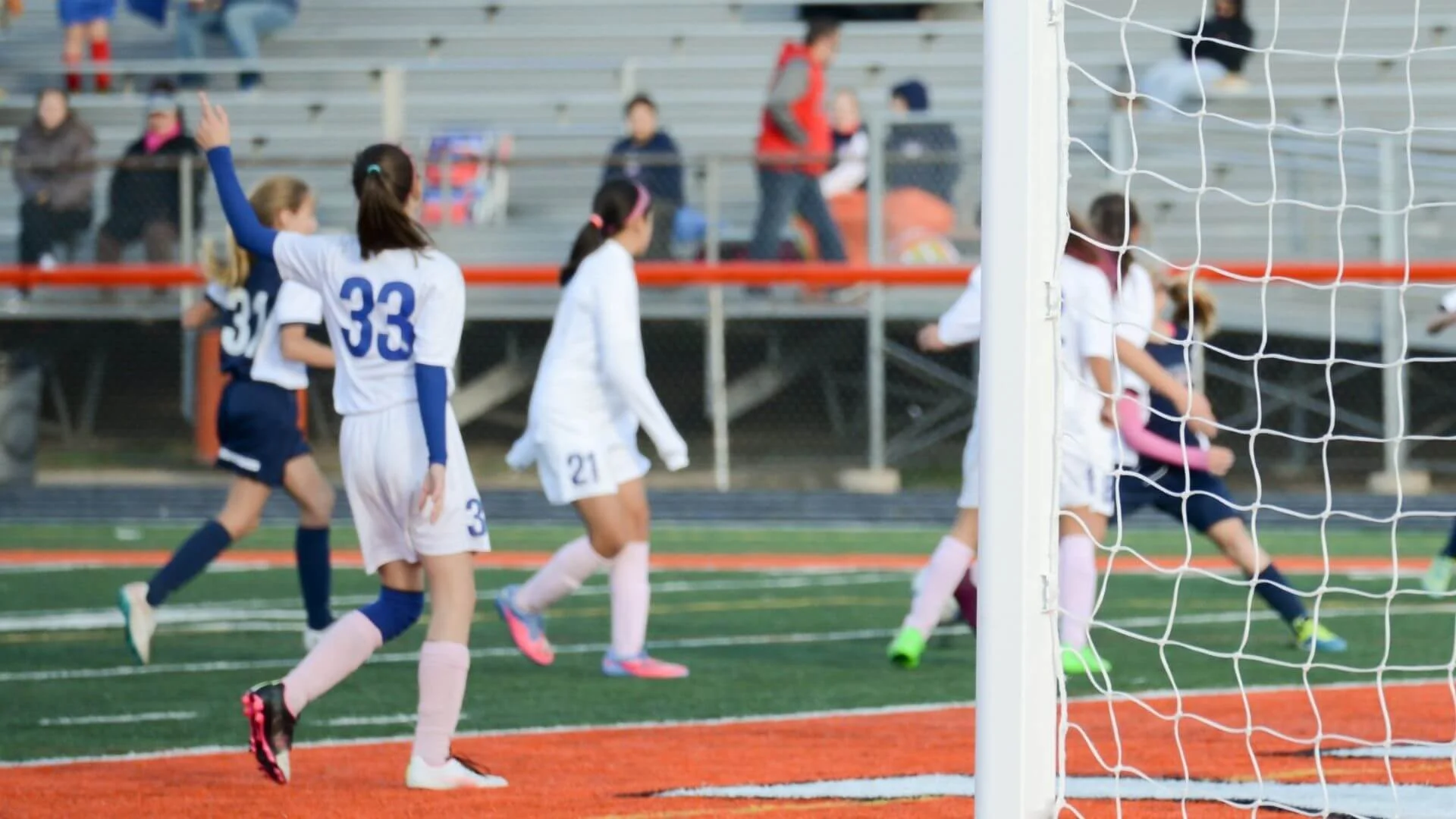6 Crazy Things You Didn’t Know About the Offside Rule
The idea of offsides is simple, you do not want anybody hanging out near the goal to take a pass and score. When you let generations of soccer officials interpret that idea, things get downright strange.
Advertisement
Here’s some odd things about the offsides ruling from over the years:
- It’s changed! Over the years, the offside rule has been modified, ideally to make it easier to understand but generally resulting in a more confusing rule. These rule changes are driven by real-life problems, which tend to be odd events not covered by the current rules. Defenders can trap a player offside. A player could be offside, run back inside, and then go after the ball. Is she offside? The stranger the event, the weirder the responding rule tends to be.
- In 1832, offside was called “sneaking” in a very early soccer rule. At that time, soccer was combined with rugby and was little more than a brawl. People believed players (on the opposing team, always) were sneaking around the back of play to gain an unfair advantage. Of course, an early soccer game could be confused with a rugby game or a fight. “Hacking,” or kicking another player in the shins, was another of the early rule makers’ concerns.
- Soccer is a game that no longer has rules, it has Laws. Offside is not a foul, it’s unsporting. It’s not misconduct, it’s an offence. There is no penalty to a player, only a sanction. A player is simply warned by the referee that they are not playing nice. This level of precision/nit picking can be expected from a sport where assaulting a referee is not a foul. Fouls can only be called when the ball is in play. And one can assault a referee any time. And get a red card for it any time. However, offside still looks like and is handled like a foul.
- Law 11’s (Offside) most recent change happened after controversy over whether an armpit or toe can be offside. Yes, a Premier League play was accused of having an offside armpit in 2019. The League tweeted a picture so you can judge yourself. But the offending armpit was called not offside. Currently, the standard is measured by whatever part of head, body, or foot is closest to goal. In determining the new rule, a deliberate handball would count as ‘deliberate play’ for offside. (The shoulder/armpit zone was declared not a handball. The bottom of the armpit marks the spot where a handball could start to happen.)
- You cannot be offside on your end of the field. Even being on the halfway line is not close enough as of 2016. But refs used to be able to call offside at any place on the field.
- Law 11 could be named the assistant referee employment act. These extra referees are testament to the difficulty of seeing what is happening in one part of the field while trying to keep one eye on the ball. Today the big controversy is over using game cameras to determine what happened where and when — potentially turning all offside calls over to robots.
Assuming robots do not take over soccer, the offside law is guaranteed to change more and further confound, amuse, and enrage people. So, occasionally, give the ref a break. Calling that mess offside or not can be a difficult job.
Advertisement
Feature photo via Adobe Stock @vallejo123
_
GIRLS SOCCER NETWORK: YOUR SOURCE FOR GIRLS SOCCER NEWS
Girls Soccer Network
Your source for girls soccer news
Related Content
Here’s How to Focus Less on Winning and Focus on Self Improvement
January 21, 2025
Why Communicating More Can Be Difficult For Girl’s Soccer Players
January 13, 2025
Veganuary: 5 Women’s Soccer Players Who Swear by a Vegan Diet
January 9, 2025
10 Soccer-Inspired Careers for Life After Soccer
January 8, 2025
5 Common Roadblocks Faced While Balancing School and Soccer
January 7, 2025













